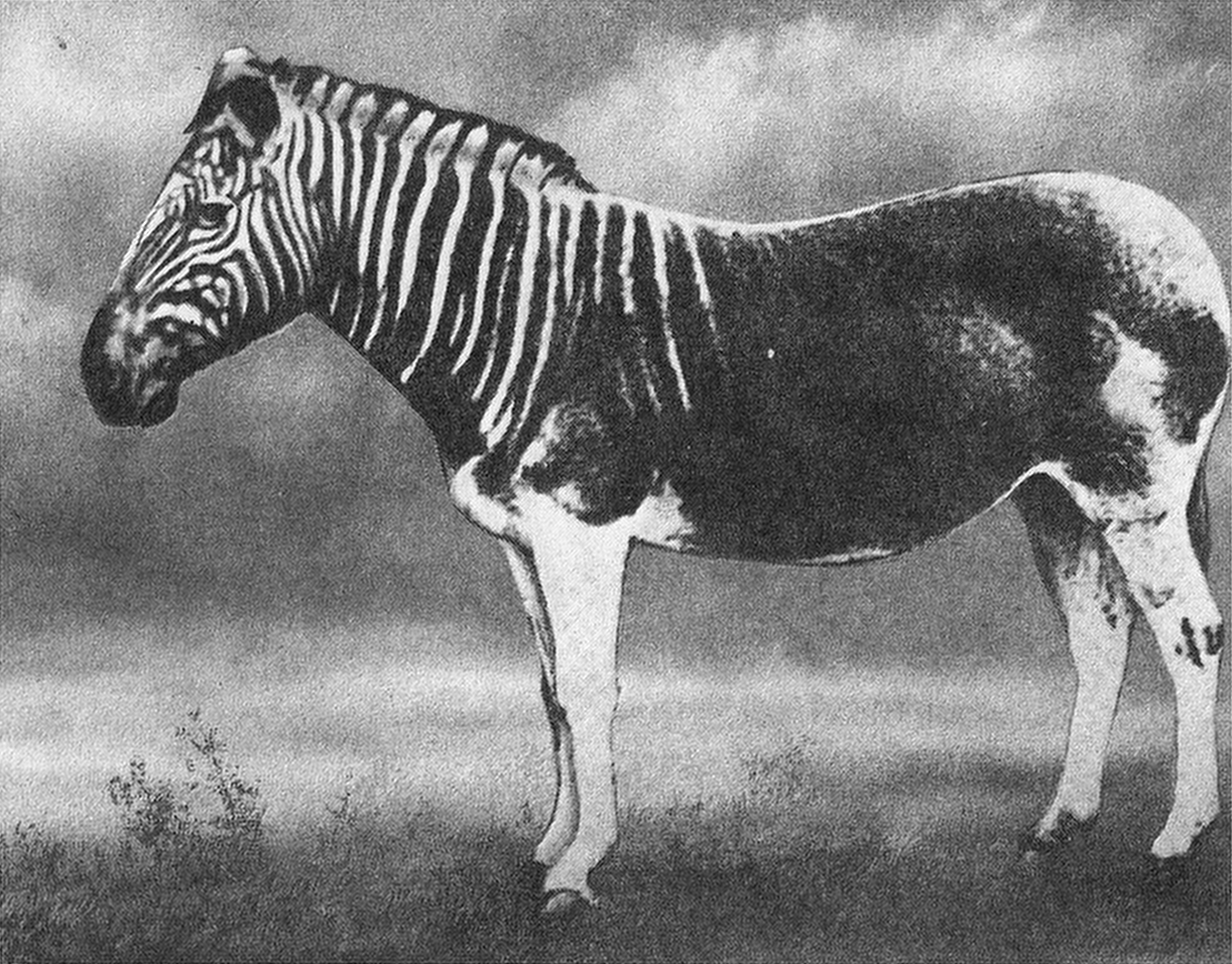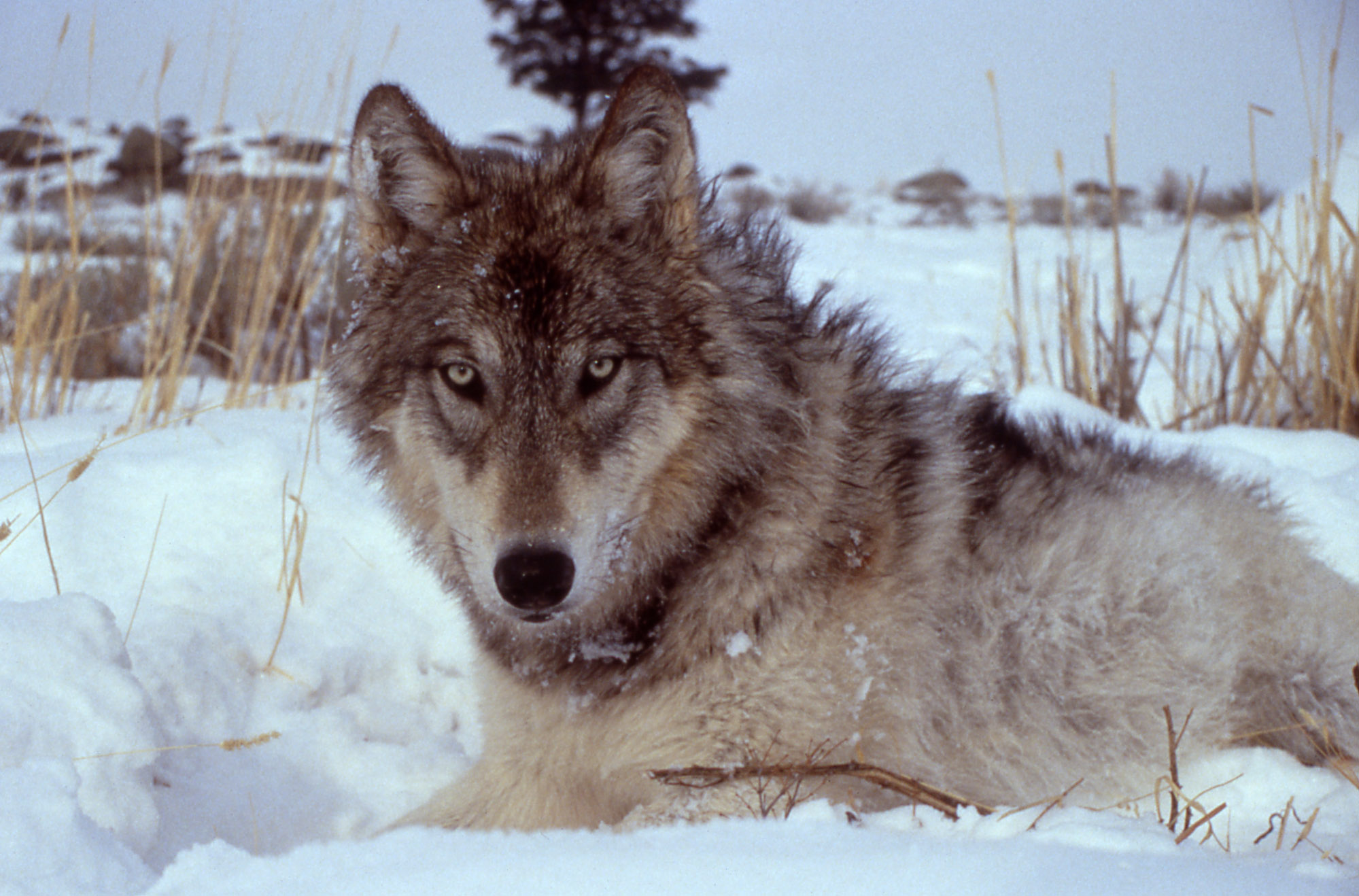
Can genetics save wildlife?
In this Tiny Expedition, we explore the ways genetics research can help in worldwide conservation efforts. Sometimes that means protecting an endangered species; sometimes it even means attempting to restore an extinct one.
That’s the case with the quagga, a zebra-like animal from Africa. The quagga has caught the attention of our animal morphology expert, Greg Barsh, MD, PhD.
Barsh explains, “[The quagga is] in the same family as horses and zebras and donkeys. It’s an equiid.” However, stripes distinguish the quagga from its relatives. Quaggas have black and white striping along the head and shoulders, but they have brown hindquarters.
“We know about quaggas from history,” he continues, “There are paintings, and there are skins that are available.” However, the quagga was hunted to extinction.
Enter The Quagga Project.
The Quagga Project breeds zebras that look like quaggas together, and they’ve come pretty close to replicating the appearance of the quagga. Barsh wants to research the extent to which the resulting quagga-like animals mirror the original quagga on the genetic level.
The whole story points to a broader truth.
“Conservation is really all about genetics,” Barsh says. “Because to really understand what makes one species different from another species, we use appearance to begin with, but we learn a lot more from understanding the genetic differences.”
To learn more about the importance of genetic differences in conservation, how geneticists can help identify at-risk species and the role genetics plays in protecting animals—listen to Tiny Expeditions Episode 5: Can Genetics Save Wildlife?








